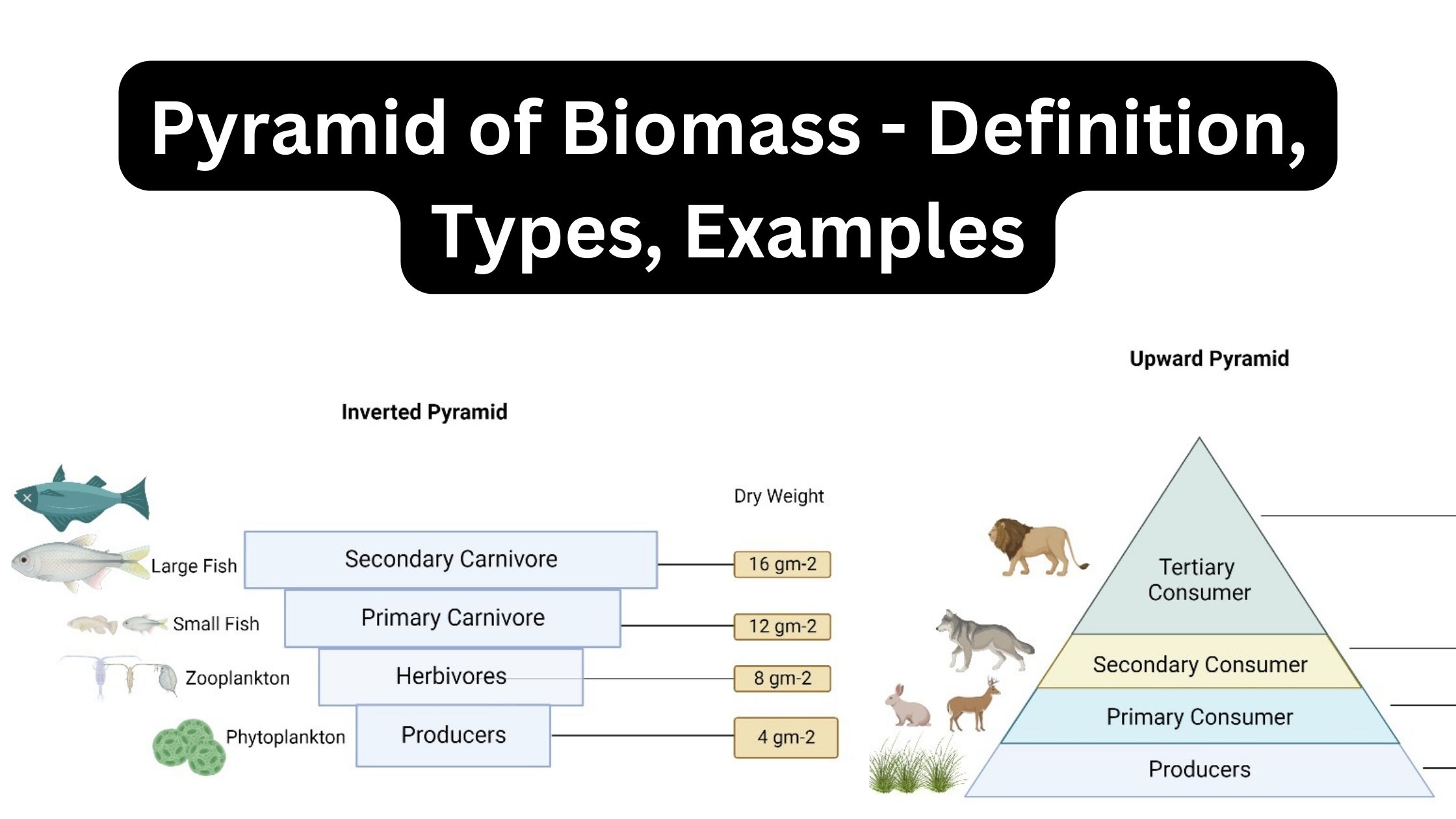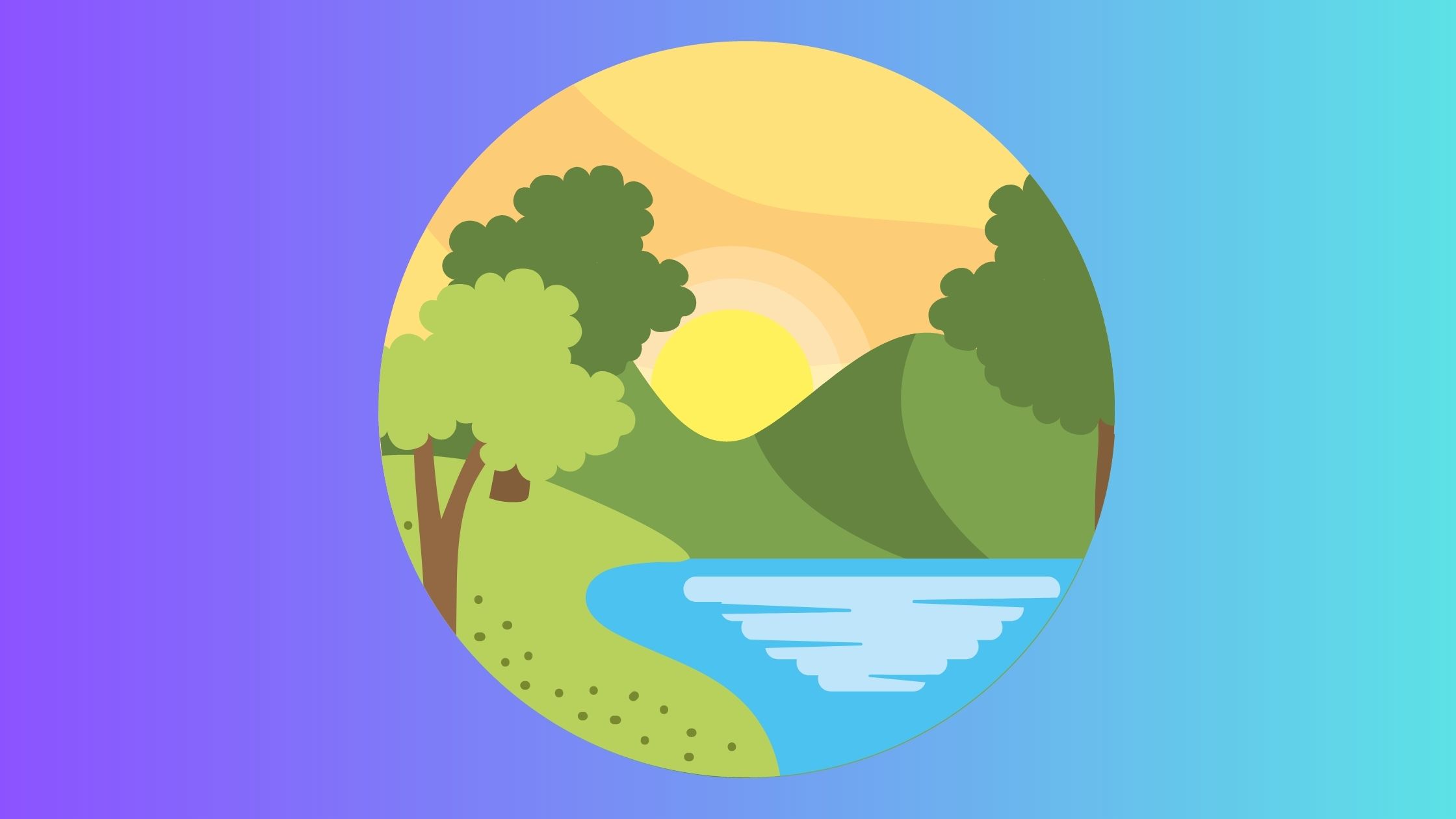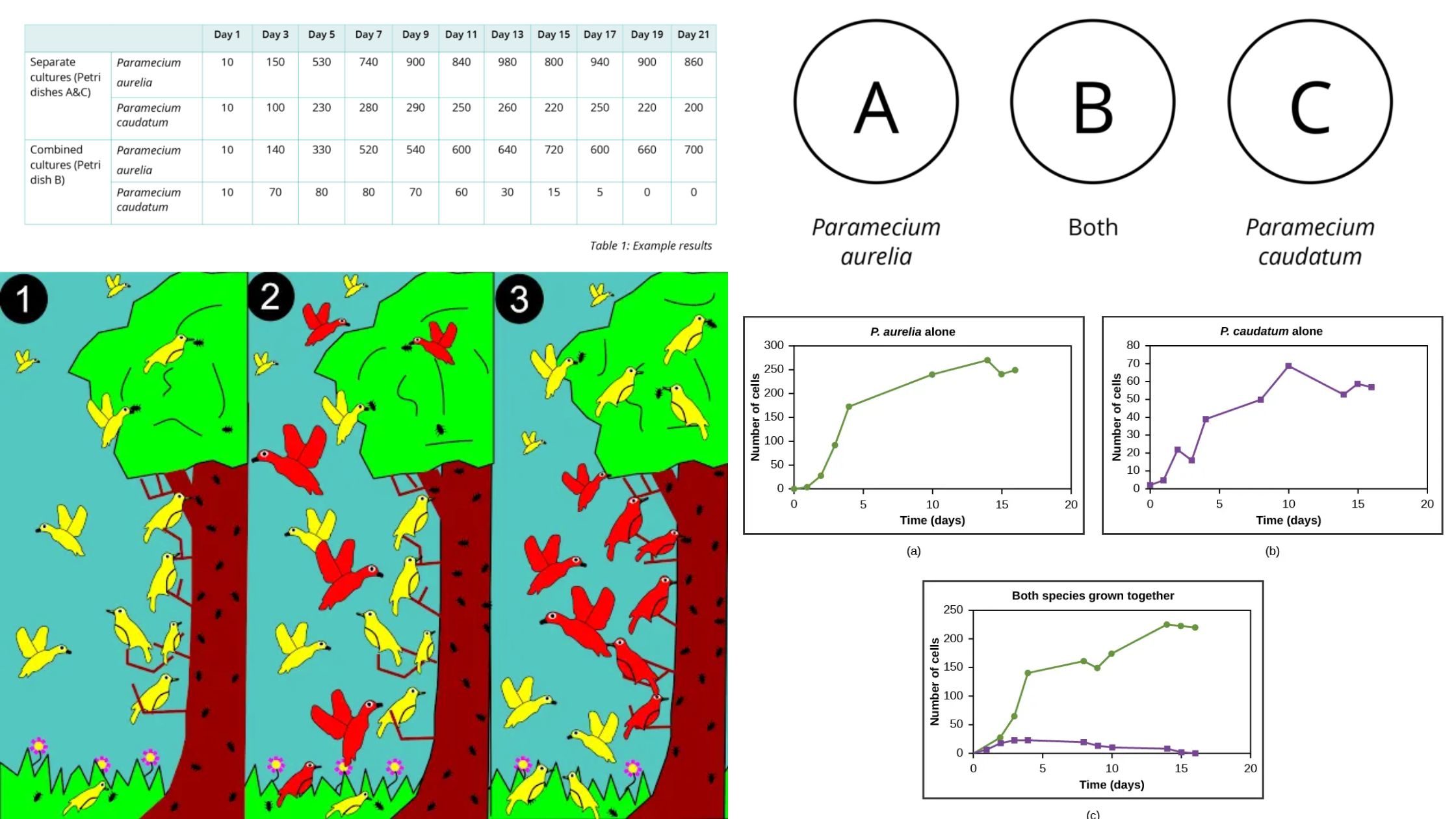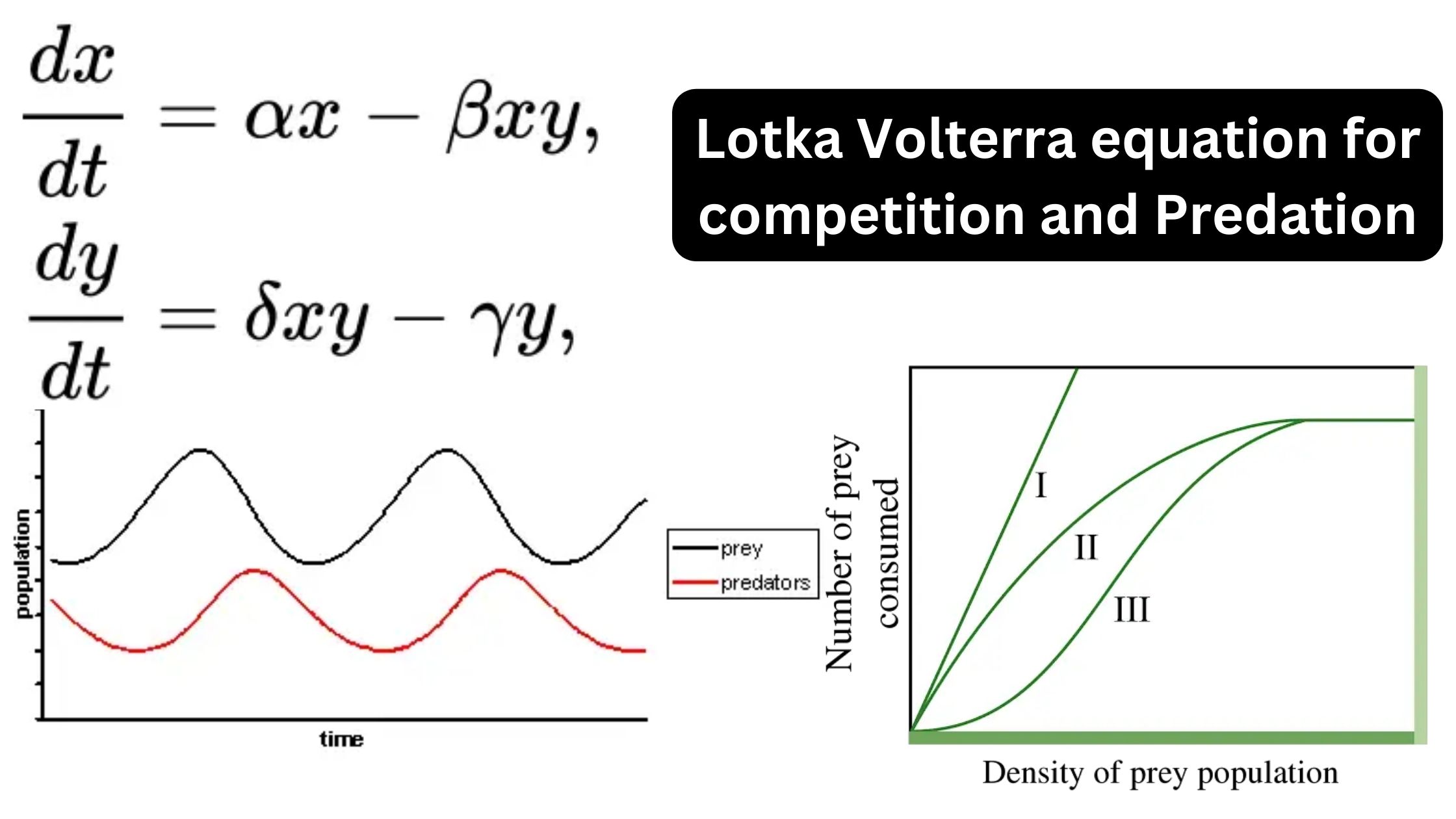Grassland Ecosystem – Definition, Types, Components
Grassland Ecosystem Definition Geographical distribution Different Names of Grasslands Other Names of Grasslands Place Name of the grassland North America Prairies Eurasia (Europe and Asia) Steppes Africa Savanna South America Pampas India Grassland, Savanna Brazil Campos Venezuela Llanos South Africa Veld Australia Down Savannas are a popular term for tropical grasslands. They are found in … Read more









